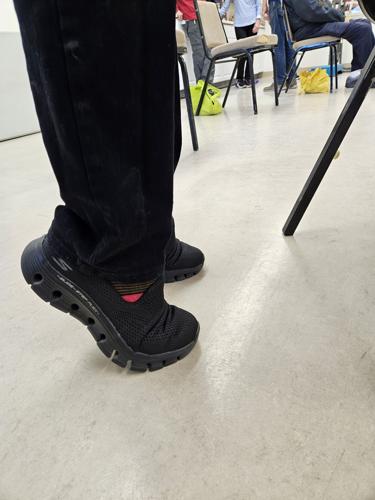Daily, over 10,000 people turn 65 in the United States. During the COVID-19 pandemic, unintentional injury deaths went down from the seventh to the eighth leading cause of death among older adults.
The surprising statistics of unintentional injury among those who are age 65+ are falls and motor vehicle crashes. According to the Center for Disease Control and Prevention (CDC), annually, of the 37 million falls, 37 percent required medical attention and approximately 1 million were hospitalized “most often due to head injury or hip fractures”. The CDC states that falls are the most common cause of Traumatic Brain Injury (TBI) related deaths” and an older adult falls every second; a 40 percent increase in the last decade.
The CDC also sites that motor vehicles crashes also increased by 40 percent in the last decade due to the increase in older drivers. In fact, daily, about 22 older adults are killed and 700 injured in crashes; of these, TBI’s have also increased 30 percent in the last decade.
According to the CDC, “TBI residuals can affect thinking and memory, movement, sleep, sensations such as vision and hearing, emotional changes such as personality changes or depression”.
Prevention Equals StabilityBelow are a few of the 10 to 20 assessments to help determine fall prevention for healthy longevity.
Stability starts with the breath. The breath is our anchor. Start by nose breathing with the lips closed. Inhaling this way increases oxygen intake as well as fills the lungs first. (Also, lift the sternum for better posture). Now, try lowering the air into the diaphragm. Test yourself with one hand on the chest, one hand on the diaphragm, see which hand moves the most? If the hand on the chest moves, it indicates shallow breathing. Diaphragmatic breathing is ideal. When our breathing is off, it can affect our equilibrium, increase anxiety, affect stability, movement and energy. Long, deep breaths create maximum lung expansion and calm by activating the parasympathetic system.
Next are our feet. We need strength and awareness in them. Try this—in one key move—the squat. Plant your feet flat on the floor, now try to bring your thighs parallel to the floor (while holding on to a counter or other stable object). While doing this, become aware of your toes. In class, we practice behind a chair back. Now, press the big toe down, the next three toes, the pinky toe, the ball of the foot, the outside of the foot, shift weight to the heels, hip forward to get more flex in the ankle; then, hoist up on demi toes for a count of 15 (if possible free standing). Next, slowly let down your heel to strengthen arches. This may even help with neuropathy sensation. Neuromuscular stabilization starts with the feet and sensing the ground, using toe socks with skid tabs can help the toes spread and reeducate the feet.
Go ahead now and grip strength, hang from hands, and do a hip hinge; with your strong foot, step up to the count of two and on the weaker foot, step down to the count of four, especially if you are part of the neuromuscular stability regiment.




